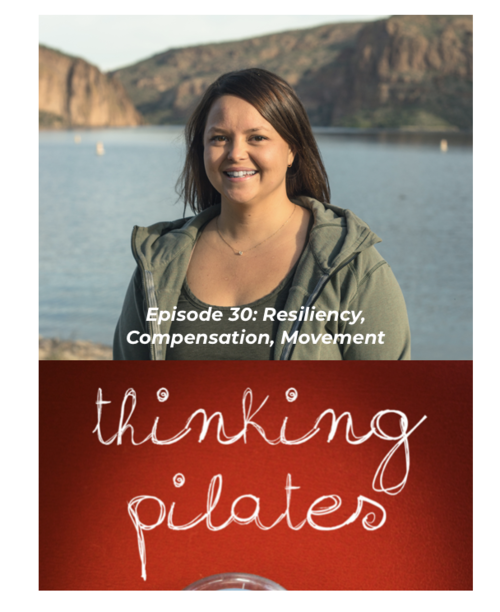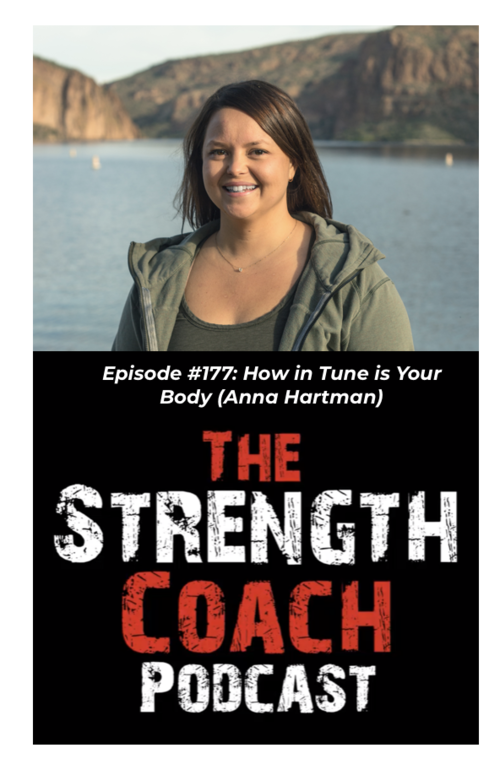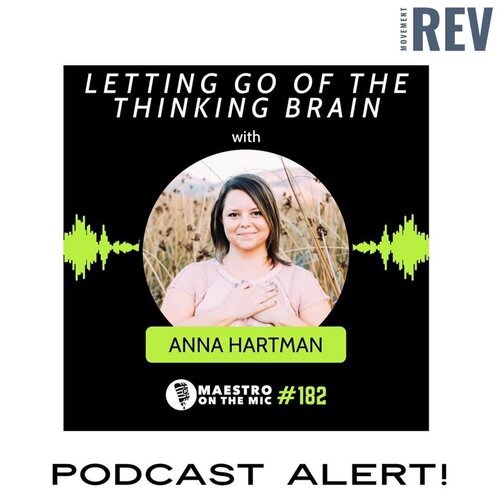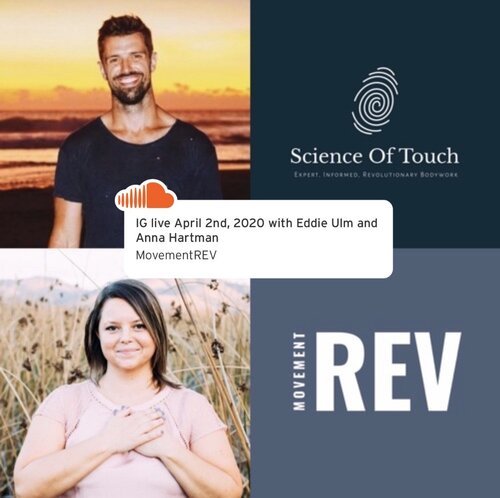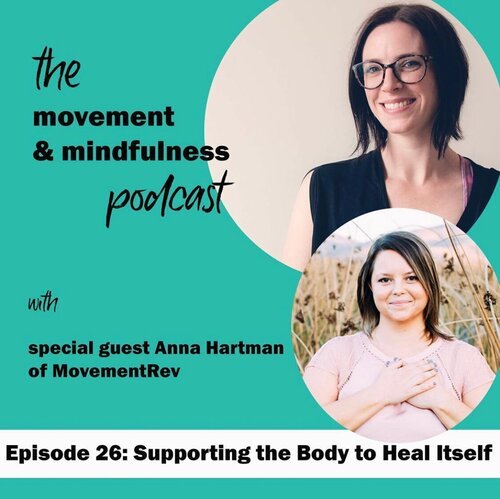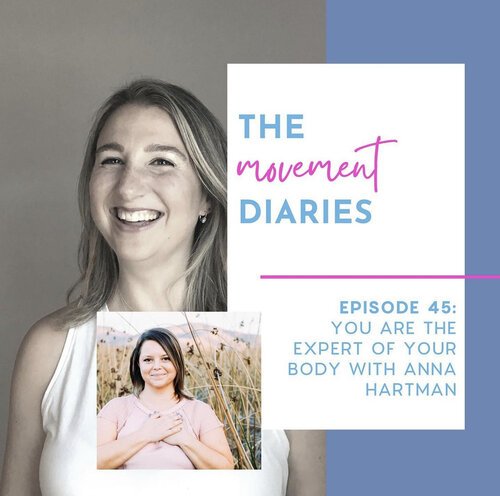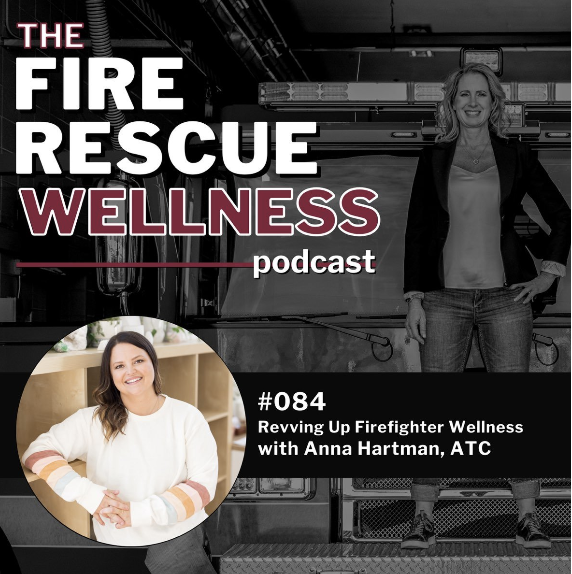MovementREV Blog Posts
click “older” at the bottom of the page to view more posts or search above
Spiral Line Connection
There is a lot going on in this exercise which is why I love it. It opens up the spiral fascial line which feels good and changes a lot of movement patterns, including gait, which in my opinion has the best carry over to all other things.
Shoulder Pain and Lung Cancer
Complaints she had for 5-10yrs earlier that the doctors chalked up to bad posture and muscle strains and joint sprains and arthritis, we the LOUD but silent symptoms of her 🫁.
Guide vs. Expert
After years of being told what to feel, how to move, and how injuries and pain work, it’s time to let our athletes’ and clients’ body lead the way.
Pain and Listening to the Body
I could trace many pathways of fascia or muscle lines or ligamentous pathways between the shoulder and the hip, the eye ball and the toe, the finger and the colon. Connect things based on the nervous system or the vascular system, or the lymphatics, or how the brain interprets our body, movement, and function.
Ear Stimulation and Mobility
The outside of the ears have connections to various branches of 3 powerful cranial nerves- 5, 7, and 10 (trigeminal, facial, and vagus), as well as nerves from the cervical plexus.
Half Kneeling Thoracic Rotations
I’m all for a good prop to create a helpful movement experience, however the common placement of a foam roll on the front leg of a half kneeling rotation often binds up the mobility making it less motion and often painful.
Ribs Down Cuing for Athletes
It’s not so black and white that the ribs down is always what you want nor is that a great cue to achieve it.
Ringing in the Ears
Tinnitus (ringing in the ears), is one of those things that can happen, specifically occurs in about 20% of adults. The “ringing” can actually have various qualities of sound, but is basically sound you hear but no one else can. Examples are: buzzing, pulsing, clicking, humming, hissing.
Listening to the Body and Pain
IMO, never. Pain is a signal to stop and do something different. Often a result of a body receiving a high level of threat inputs. When you push through and ignore the message of the body, you inherently lose trust in what it has to say.













